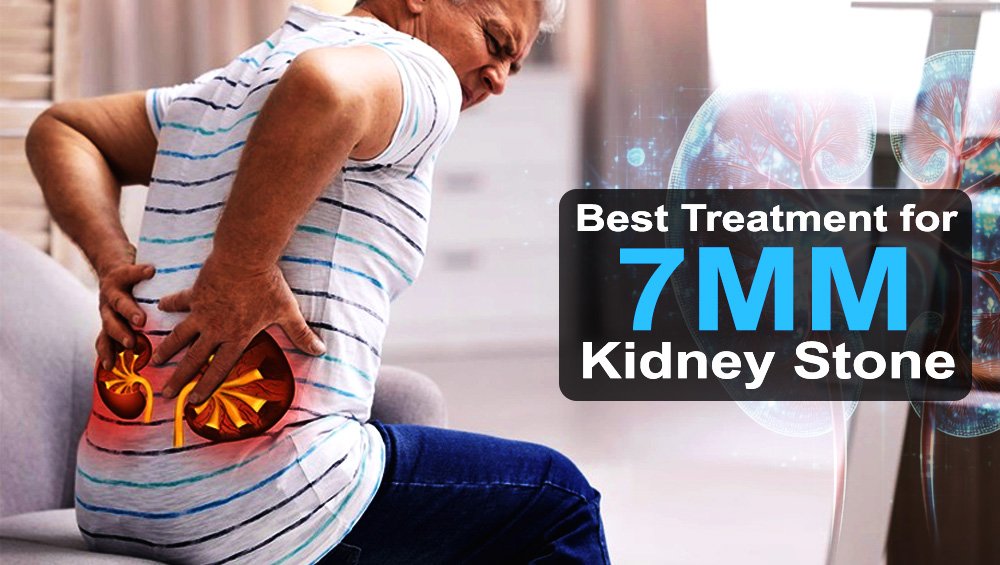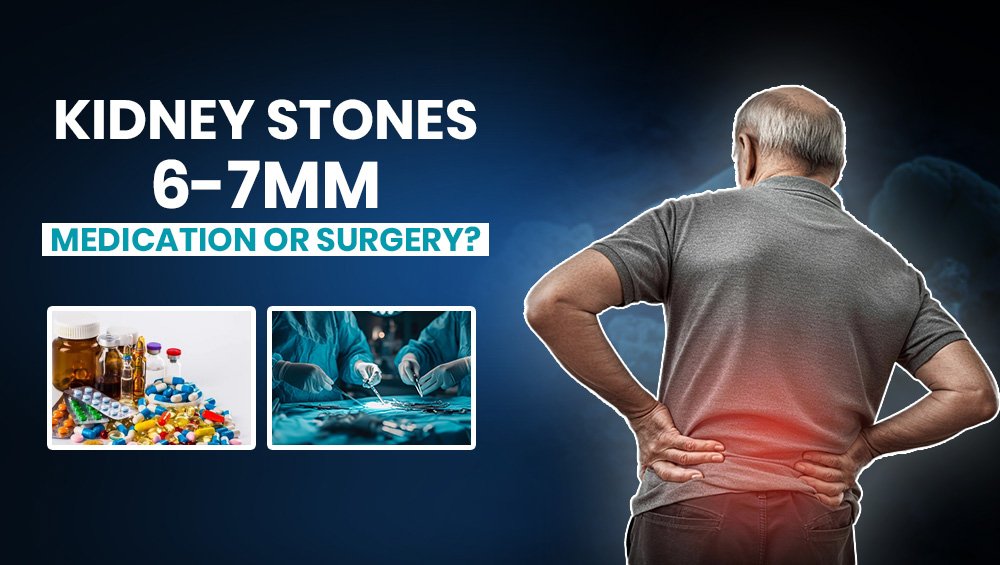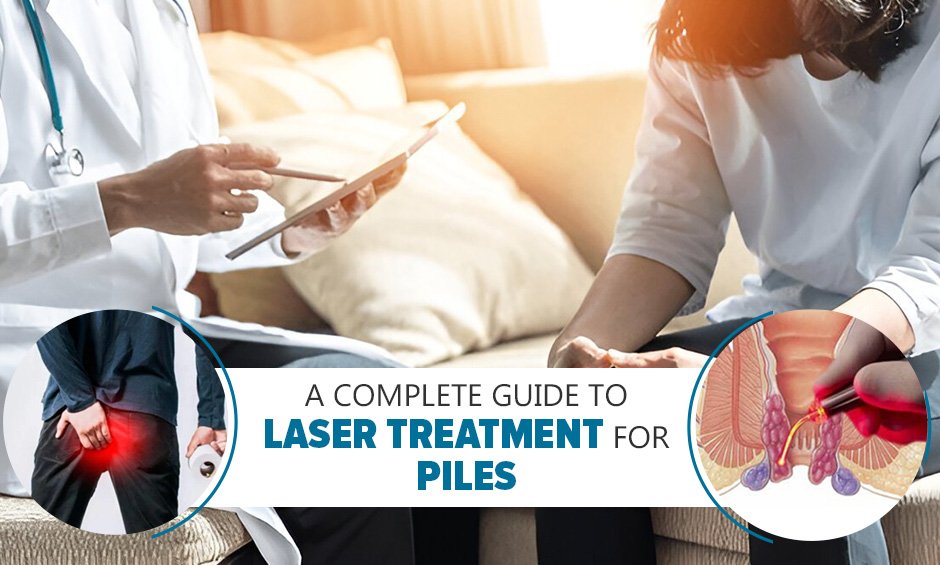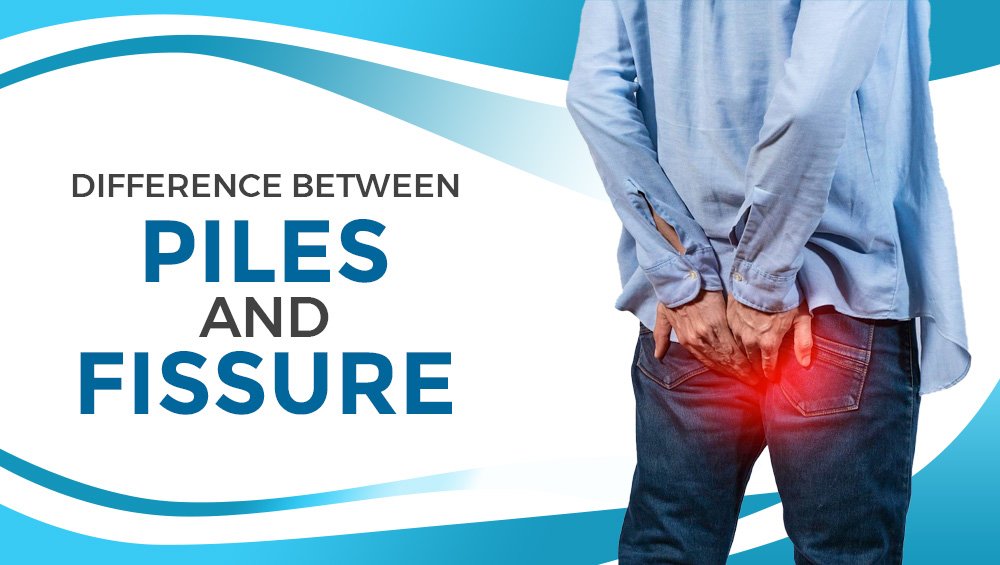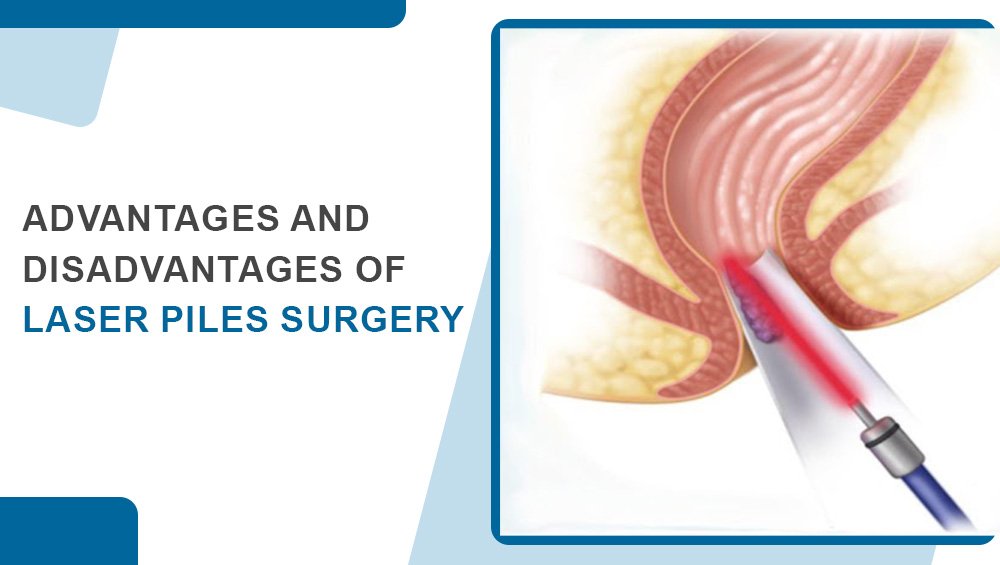You may be experiencing pain or frequent bathroom visits if you have a kidney stone of 7mm. These stones can be too large to pass by themselves and cause significant discomfort. They may also obstruct the urine or result in infection.
A kidney stone may affect your ability to work, sleep or eat. Modern medicine offers treatments that can safely and effectively remove these stones without requiring thorough surgery.
In this blog, we will discuss the symptoms, treatment plan, and why surgeries such as RIRS are often the ideal choice for a 7mm kidney stone. It will also explain reasons why choosing your Best Laparoscopic Surgeon can significantly enhance your health and recovery.
What Are the Signs & Symptoms of 7mm Kidney Stones?
There are some symptoms of a 7mm kidney or renal stone such as:
- Pain: Severe and stabbing pain that can spread to the groin.
- Blood in urine: The urine may appear red, pink or brown due to irritation of the urinary tract.
- Frequent Urination: Even if a small amount passes the need to pee is continuous
- Burning or discomfort: It is typical while peeing, particularly when the stone comes near the bladder.
- Nausea and vomiting: This is usually brought on by pain or discomfort in the urinary tract system.
- Cloudy or foul smelling discharge: This cloudy discharge & smell indicates infection, if a stone exists.
- Difficulty Passing Urine: If the stone blocks the ureter, urination can become difficult
You should have medical attention as soon as possible if you have any of these symptoms.
What Are the Treatment Options for 7mm Kidney Stones?
A kidney stone of 7mm is large and requires medical attention. Here are the most common treatments.
1. Medicines
It may not fully remove a 7mm kidney stone, but it may help in reducing pain.
- Alpha blockers like Tamsulosin: The muscles that stretch in the ureter cause the stone to move out.
- Pain medications: Acetaminophen or NSAIDs to end the pain.
- Diuretics: are sometimes used to boost the flow of urine.
- Anti-nausea medication: this controls nausea and vomiting.
2. Extracorporeal shock wave lithotripsy
ESWL is a simple treatment that uses sound waves to break the stones down into smaller pieces that can be urinated.
- The stone is smashed by focused shock waves from outside the body.
- Duration: 30-60 minutes with mild anesthesia.
- Recovery: Stone fragments pass in a few days or weeks.
- Effectiveness: This treatment is best for kidney stones between 6-10mm in size but larger stones or stones that are very deep will need another treatment.
3. Ureteroscopy (URS)
URS is a minimally invasive method to extract or break stones using a small scope.
- Procedure: The stone is removed using a narrow ureteroscope. The ureter, bladder and urethra are all affected.
- Laser lithotripsy: it is used when the stone size is too large. The laser will break it down into smaller pieces.
- Recovery: This usually involves an overnight stay in the hospital and may involve a tiny temporary tube being inserted.
- Effectiveness: Highly effective for treating kidney or ureter stones that don't pass by themselves.
4. Retrograde intrarenal surgery or RIRS
The RIRS procedure is minimally invasive and can be used to treat kidney stones.
- Procedure: The ureteroscope is flexible and reaches the kidney via the urinary system. Lasers can be used to break the stones into smaller pieces which are then removed or passed through by natural means.
- Advantages: Minimal pain, no external incision, faster recovery.
- Effectiveness: Ideal to remove kidney stones up to 7mm in size and those that are hard to reach.
- Recovery: Since RIRS surgery is minimally invasive, recovery is quicker, with less pain and a shorter hospital stay than traditional surgical treatments.
In the case of management of 7mm kidney stones, treatments are most commonly designed based completely on the location, size, character of the stone and the individual's general health. Procedures such as ESWL, Ureteroscopy and RIRS provide minimally invasive alternatives to break down and eliminate the stone. Referral to a urologist is crucial to choosing the best form of treatment for successful treatment and long-term prevention.
Why RIRS is the Best Treatment for 7mm Kidney Stones
For kidney stones that are 7mm in size, Retrograde Intrarenal Surgery or RIRS is the preferred and least invasive option. This is why RIRS is highly advised for stones this large:
1. Minimally Invasive Approach
RIRS involves no cuts or incisions on the body. It is a thin, flexible tube, referred to as a ureteroscope. It is inserted into the urinary tract's natural route, including the urethra and bladder, and ureter to gain access to the kidney stones. It is less invasive than procedures like PCNL, which involves cutting your lower back will be cut down the middle.
Benefits:
- No scars on the outside of the body
- Fewer days of recovery time
- Less pain following treatment
2. Accuracy and Efficiency
The RIRS permits medical professionals to detect kidney stones with great precision, even if they are in difficult-to-access regions within the renal system. The ureteroscope gives a clear, magnified image that helps to locate and treat stones. Once the stone is located, Lasers break it up into smaller pieces that can be removed or eliminated by urine.
In comparison to ESWL or Extracorporeal Shock Wave Lithotripsy, RIRS is more effective in clearing large stones like 7mm in one session. ESWL is not always effective in certain locations and may need repeated treatment.
Advantages:
- Precision in shattering stones is very high
- Effective for hard-to-reach stones
- Usually done in one session
3. Less Complication Risk
- RIRS is safer than other treatments. For instance:
- PCNL entails cutting the kidney, which can lead to bleeding, infection and a longer recovery.
- Ureteroscopy or URS is effective but can be uncomfortable for deep-in-kidney stones.
- RIRS has minimal risk of kidney or ureter damage and is typically performed under general or regional anesthesia, minimizing discomfort.
Benefits:
- Minimal risk of injury to the kidney or ureter
- Brief hospital stay
- Safe in high-risk patients
4. Complete Stone Removal
One of the most significant advantages of RIRS is that it can clear the entire stone in one session. The laser technology shatters the stone into small pieces which are either evacuated or flushed out in urine.
By comparison, ESWL can have larger fragments left behind that might need another operation. PCNL works well but is riskier and has more recovery, so RIRS is the better alternative for those who do not want to have significant surgery.
Benefits:
- One-stage removal
- Minimizes follow-up treatment
- Good for stones in other locations in the kidney
5. Quicker Recovery and Reduced Downtime
Patients with RIRS are more likely to heal faster than patients who undergo other procedures like PCNL. The majority of patients can be discharged the same day or following a short hospital stay. Postoperative pain is reduced to a minimum which allows patients to return to regular activities quickly.
Benefits:
- Rapid recovery
- Minimal post-procedure pain
- Brief hospital stay
6. Effective for Various Types and Locations of Stones
RIRS is flexible and is effective for various stone forms, even those with which ESWL might not work as well, like more solid stones or stones in the lower regions of the kidney. It's also beneficial for stones within the renal pelvis or calyx, which may be more difficult to access with other techniques.
Advantages:
- Useful for different types of stones
- Suitable for stones that are difficult to access
- High success rate even in complex cases
In brief, RIRS provides an ideal combination of safety, precision, and efficacy in the case of 7mm kidney stones. It is minimally invasive, extremely accurate and able to clear stones in one sitting with little chance of complications, making it one of the finest treatments the world of medicine has to offer.
Is a 7mm Kidney Stone Dangerous?
Yes, a 7mm kidney stone is risky if not handled correctly. Kidney stones larger than 5mm are moderate to large and might not pass without any intervention. A stone of 7mm is not likely to pass on its own and usually needs surgical or medical intervention.
Why a 7mm kidney stone is a concern
- Obstruction Risk: Because the ureter dilates up to 5mm on average, a 7mm stone is too big to pass through. It can get stuck and cause pain.
- Complications that can occur: A stone in the urinary system can cause severe pain and blood in urine. If left untreated, this condition could even result in kidney failure.
- Difficulty to Pass Naturally: A stone under 4mm will often pass on its own. However, a 7mm-sized stone is too large and requires medical attention.
Having Surgery or Taking Medication for 7mm Kidney Stones?
For a 7mm kidney stone they need surgery to remove it because the stones that are larger than seven millimeters in diameter will be more difficult to pass.
- Medications alone are rarely effective for stones this size.
- The RIRS and URS procedures are less invasive, more effective and offer faster relief.
- The doctor will decide the best treatment for you based on your health, the size of the stone and the location.
Expert Care for 7mm Kidney Stones: Trust Dr. Vikram Aryan for the Best Treatment
If a 7mm stone is left untreated, it will cause pain, infection or blockage. Fortunately there are now treatments such as RIRS or URS that can safely and efficiently remove stones of this size.
While pain and symptoms can be managed with medicine, in most cases, they are not sufficient to eliminate a 7mm kidney stone. That is why immediate medical attention is crucial. Dr. Vikram Aryan has experience of over 18 years and is the Best Laparoscopic Surgeon in Gurgaon. Do not wait for a 7mm kidney or ureter stone to get worse.
